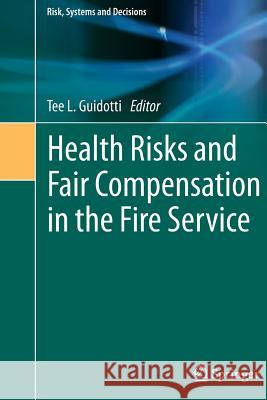Health Risks and Fair Compensation in the Fire Service » książka
topmenu
Health Risks and Fair Compensation in the Fire Service
ISBN-13: 9783319363400 / Angielski / Miękka / 2016 / 299 str.
Kategorie BISAC:
Wydawca:
Springer
Seria wydawnicza:
Język:
Angielski
ISBN-13:
9783319363400
Rok wydania:
2016
Wydanie:
Softcover Repri
Ilość stron:
299
Waga:
0.44 kg
Wymiary:
23.39 x 15.6 x 1.65
Oprawa:
Miękka
Wolumenów:
01
Dodatkowe informacje:
Wydanie ilustrowane











